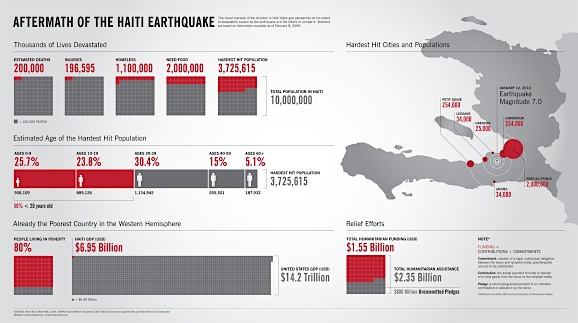Concept art is a very closely related profession to technical illustration. Concept artists are responsible for designing vehicles, props and environments mainly for the entertainment industry, including film, television and video games. These designs require a high degree of precision, and an amazing grasp of three-dimensionality since their designs will be manufactured either to scale, fullsize or in 3D. The designs often reference actual vehicles, objects or environments to imbue a sense of near-reality. In fact, a rule of thumb is 70% reality, 30% fantasy.
Sometimes, though, that formula can be 100% reality.
Pictured is a Soviet-built cold war era “ground effects” tank. These things were like proto-hovercraft. They would be pushed along by jet turbines and use airfoils to force a pocket of air underneath the craft. This would allow the vehicle to hover above water (and potentially land), move with very little friction — and as an added bonus, be undetectable by radar.
Where do you find inspiration for your concept designs? Let us know in the comments.
Source (via Boing Boing)



